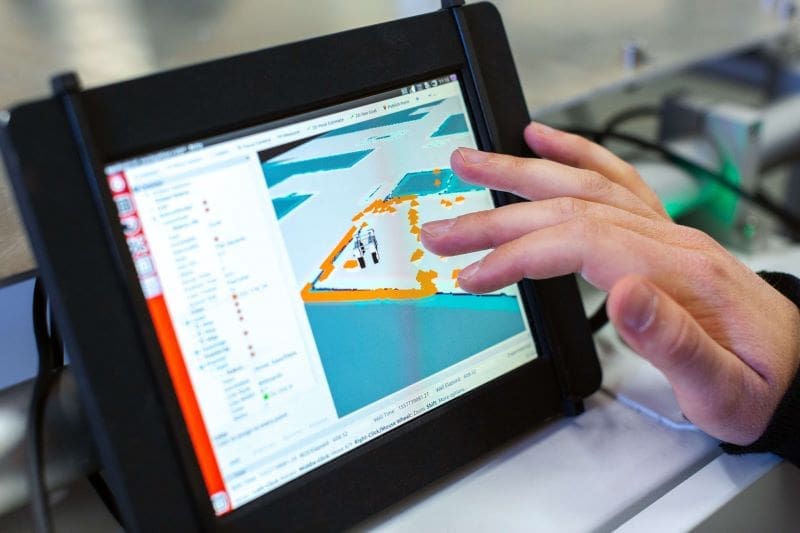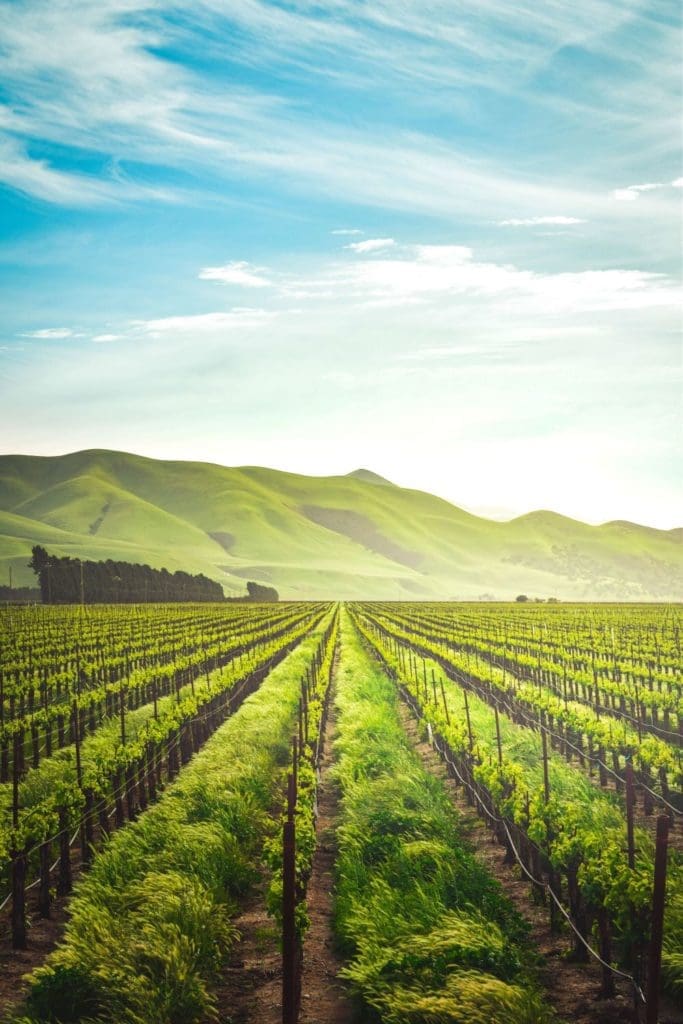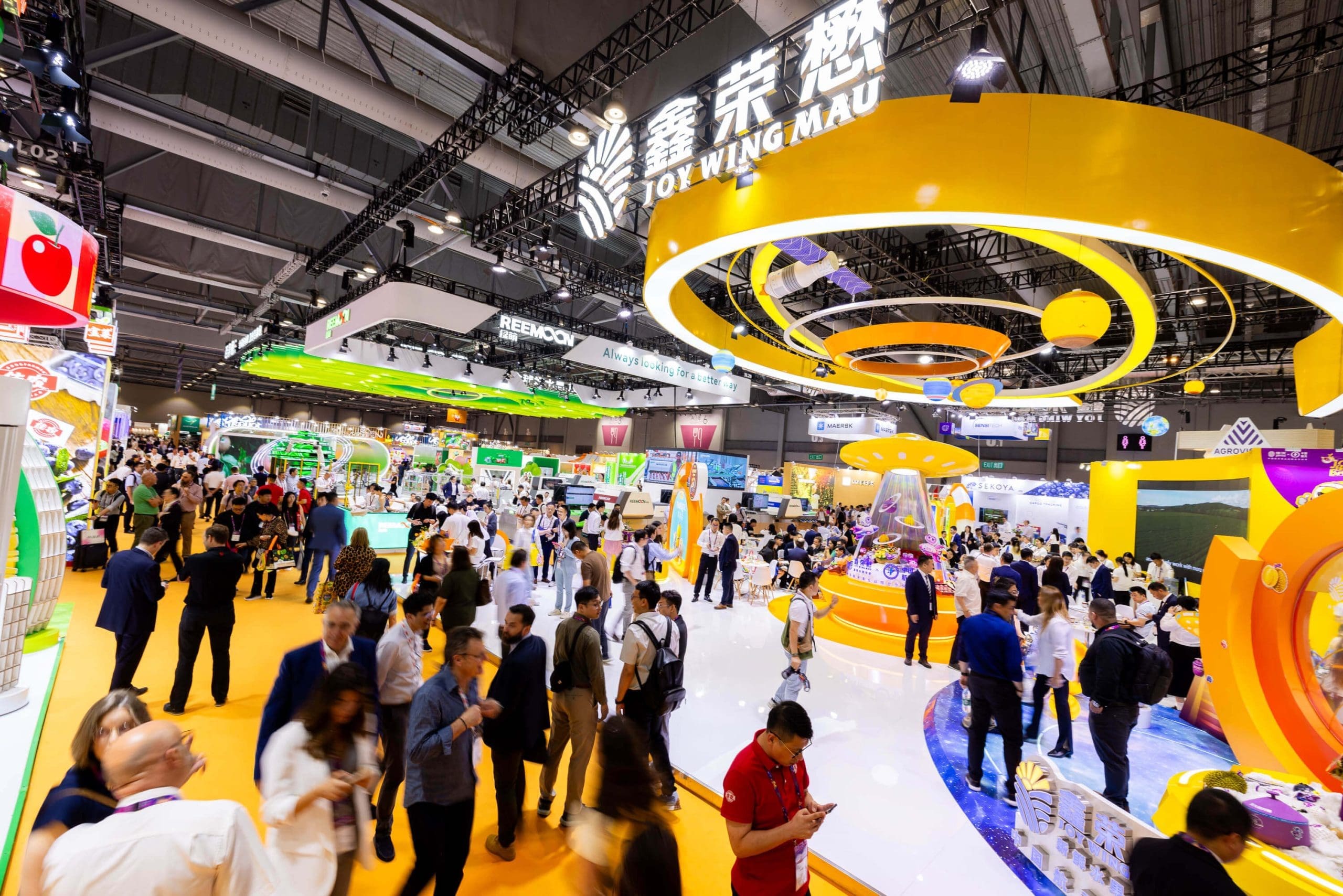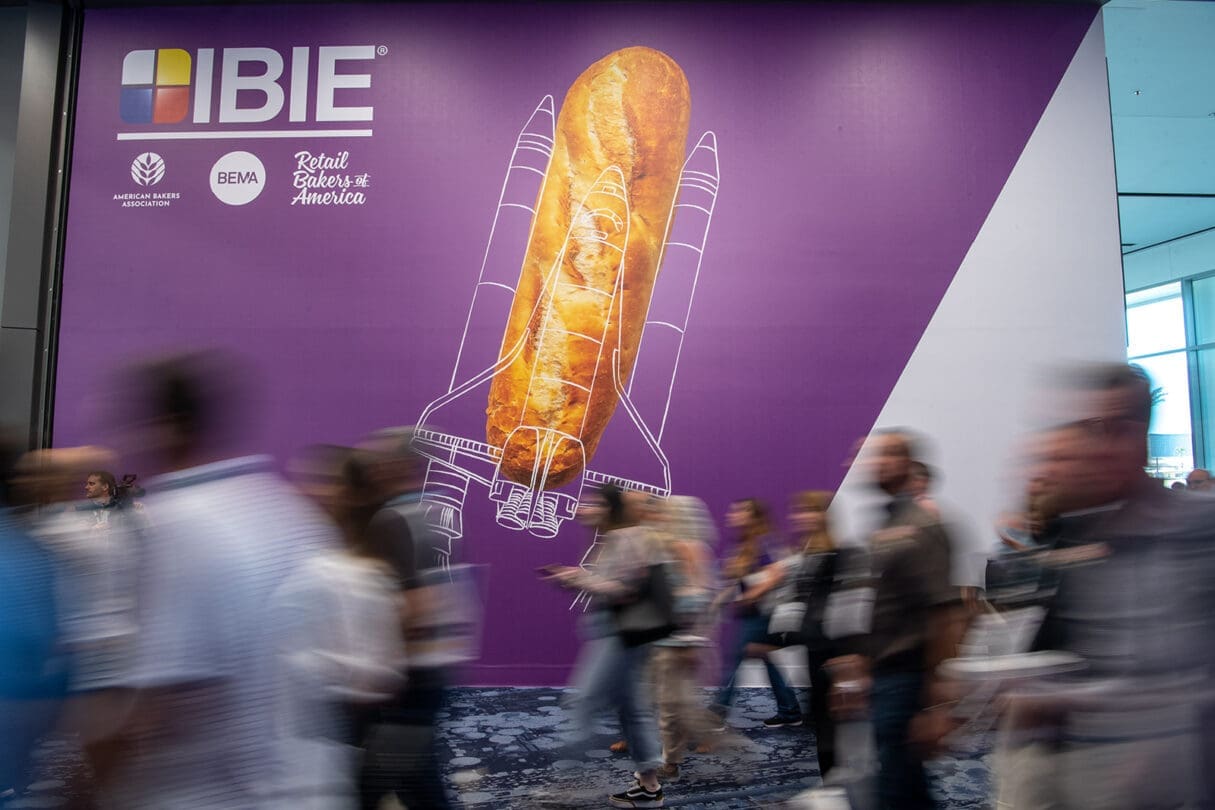
Because it makes the best use of the most up-to-date technologies made available by research, Smart Farming, which is also being called Agriculture 4.0, is making it possible to transition to a new era, characterized by reducing waste to an absolute minimum through monitoring a myriad of essential parameters such as soil, plants, livestock, and environment.
Smart Farming, Precision Agriculture, Agriculture 4.0: those who believed agriculture to be one of the ancient practices of humans hardly affected by technological changes, will need think again. Indeed, there is a range of new technologies, which work right alongside traditional farming methods, and which are able to revolutionize the way the system functions and is perceived.
From the plot to the plants, from the season to the single moment, today’s technologies allow details to be focused on, without sacrificing the vision of the whole. Target: optimize farming work and resources, by overcoming limits that have remained unchanged for millennia.
However, before delving into its implications, what exactly is meant by this concept should be made clear. In essence, Smart Farming means highly efficient and optimized management of agricultural activities on the farm. Made possible through IT, technology and innovation have transformed agriculture into a more efficient, less laborious, more precise, and simpler way of working the land.
Indeed, Smart Farming significantly reduces assessment errors and hence cuts down on the waste of human and economic resources, especially water. In other words, with the Internet of Things (IoT), not only can time be saved, and innovative solutions be identified, relieving people from having to do many repetitive and routine jobs, IoT is now and will continue to be making it possible to interpret agriculture in completely new ways. These changes have already begun.


Smart Farming tools
With the objective of increasing the quantity and quality of crop yields, by optimizing the work required, Smart Farming implements a series of technologies related to the different phases of production. In fact, there are sensors that can detect critical parameters by monitoring the earth, the water, the available light, the humidity, and temperature and that then can request any necessary corrections. Furthermore, through specialized software and connectivity programs, even using GPS and satellites, essential “dialogue” can be maintained among the instrumentation, the systems, and the farmers.
On the other hand, robotics is used on tractors, farm machinery and crop processing equipment, while at the same time, data analytics applications allow for the processing of all relevant data and the optimization of interventions.
This means having the right technologies to achieve a smart, efficient, and productive farm, at every level, based on clear decision-making processes.
Decision-making processes
Smart Farming can provide for data-driven decision making. And while it may be true that until very recently the farmer has been the final arbiter, who would weigh every choice made with skill, intuition, experience, and capacity for observation, today the volume of data available requires more sophisticated processing because it is considerably different.
Thanks to sensors or aerial detection by drones, real time monitoring of soil humidity can be displayed to predict, for example, the possible development of parasites, or to monitor the health of individual plants so that necessary corrective measures can be taken. In addition, the effectiveness of the pesticides and fertilizers used can be precisely analyzed, which leads to what is being called Precision Farming or Precision Agriculture.
Using Precision Farming, the plants or livestock can receive exactly what they need when they need it, because the systems’ applicative intelligence is essentially superior to the capacity of any single human being. Here lies the big difference when compared to traditional agriculture. The fact that decision-making is focused and detailed and may concern a single square meter or a single plant, rather than the entire field can change everything.
For example, when managing livestock, the level of well-being and nutritional needs of each animal can be monitored so that the correct quantity of feed can be supplied, and if necessary, by the analysis of health issues, the animal can be isolated. These are ultratargeted procedures resulting in early intervention, upon an initial reading which will save resources and time. A very important support in this sense is the application of drones, which are able to collect multispectral, thermal, and visual data.
When processed together, these data provide indices related to the health of the land, the number of shrubs, their height, foliage, reserves, chlorophyll, and many other important particulars that are useful for predictive purposes.
Farming Automation
Another Smart Farming advantage can be found in Farming Automation Systems, which are especially useful in intelligent greenhouses. Here, environmental parameters such as temperature and humidity, were normally monitored manually or through labor-intensive production, and control systems requiring high levels of energy output. Now, because of IoT based technologies manual operations can be eliminated entirely. Instead, sensors and platforms are employed to process the data gathered, which are then stored in the cloud, for further processing and checks without requiring the involvement of personnel.
The green meaning of Smart Farming

Not only does Smart Farming have important implications for large-scale farm management, but it has also been shown to work well in emerging agricultural systems such as family farming, organic crops, breeding special livestock, or in the conservation of high-quality varieties.
All of this is geared towards greater awareness, which helps to make agriculture more transparent for consumers. This is a real revolution, which will allow the reduction of the use of chemical crop protection products and pesticides, while enhancing productivity and improving food traceability, with all the ramifications that this entails in terms of safety.
Even the environment will be benefitted. Just imagine how valuable an optimized and aware water use management system would be. Therefore, application of Smart Farming is neither merely a farmer’s whim nor just an “obsession”. Instead, Smart Farming is turning out to be a truly great opportunity for agriculture, which already today must bear the weight of nearly 8 billion mouths to feed.




